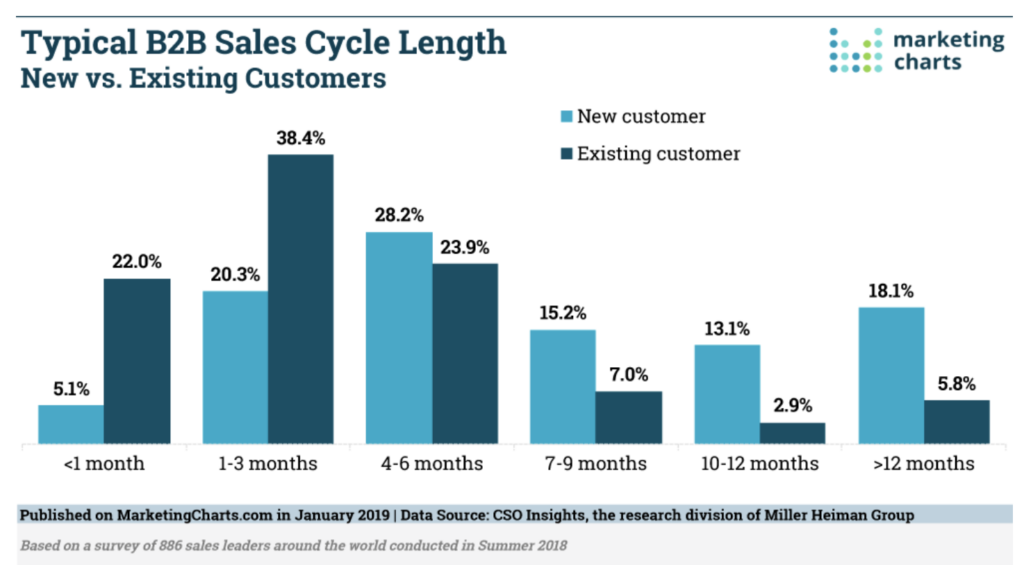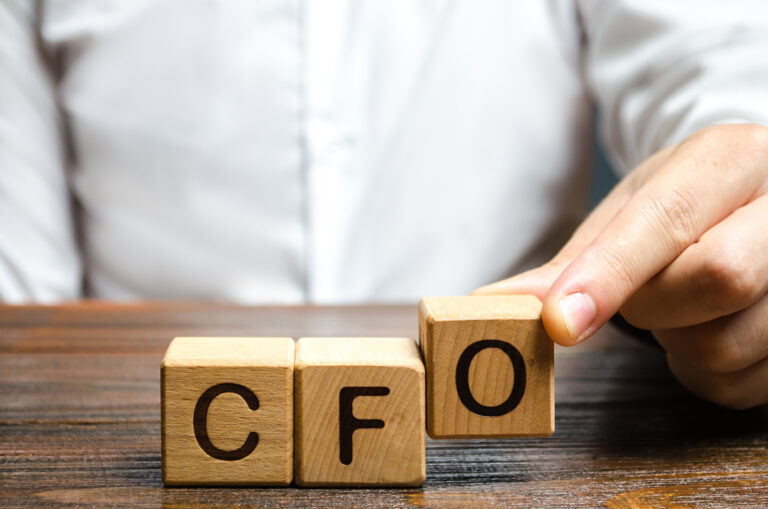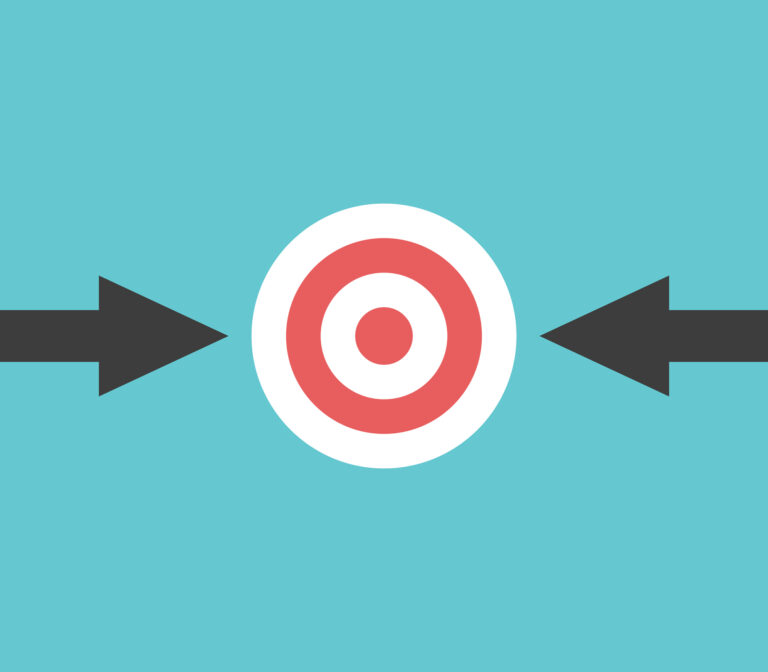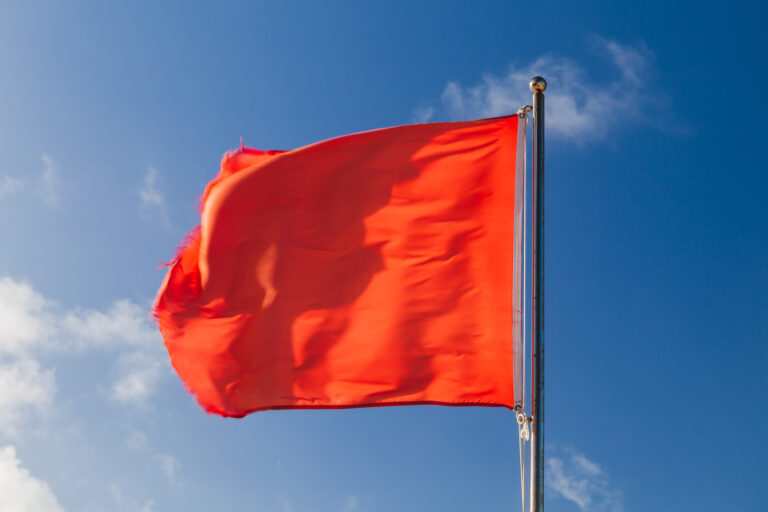SaaS marketing expert Jon Miller says B2B buying groups are the “next big thing” and he may be right.
Aside from marketing and selling into a very small business, in B2B segments, a single person making a purchasing decision is increasingly rare. Concentrating both marketing and selling efforts to a single lead or contact — more times than not — will fail to get the opportunity over the finish line to Closed/Won.
Of course, lead generation efforts prove valuable in identifying and engaging an initial point of contact within an account. However, it’s usually a stepping stone to ultimately identifying and engaging with a buying group. This comprehensive group of internal stakeholders will influence and make a final buying decision.
What is a B2B Buying Group?
Before a revenue team can leverage B2B buying groups, they need to clearly understand what buying groups are. The good news is, they aren’t anything to get hung up about. Veteran revenue team members have experience with them.

Essentially, buying groups are buying committees, just like those found in most Account-Based Marketing (ABM) initiatives. At their core, buying groups/buying committees are the group of individuals involved in an organization’s decision-making process.
Buying groups vary in size, but Gartner reports the average size of a buying group for a complex B2B solution ranges from six to 10 decision makers. Furthermore, each member of the buying group is influenced by four or five pieces of information they’ve gathered independently.
Importantly, a buying group evaluating one solution might be completely different than a buying group evaluating a different solution at the same organization. For example, a Sales team might be involved with two distinctly different buying groups evaluating solutions. One may deal with Operations and GTM processes, and the other may deal with Sales Enablement and training of the salesforce.
In the example above, it would be a mistake by a revenue team to market and sell into the entire organization, the entire Sales department, or even a single contact or lead within the Sales department. Rather, it will be important to engage with the entire buying group involved in the consideration of one or the other of the potential solutions.
The Importance of Buying Groups to Revenue Teams
Buying groups are proof points that B2B buying decisions are not made in isolation. As a result, revenue teams can not afford to identify and engage singular leads or contacts. In fact, not even a portion of the buying group is sufficient.
According to data published by CSO Insights — the research division of Miller Heiman Group, itself a part of Korn Ferry — in 2019, 74.6 percent of B2B companies took an average of four months or longer to win a new customer. However, in an economic environment that requires efficient, responsible growth, long sales cycles are a luxury not many organizations can afford.

To shorten sales cycles and decrease the time to revenue, it’s critical for the revenue team to identify all the members of a B2B buying group as soon as possible. Relying on one or two leads or contacts to disperse data to the entire group is a tactic that results in both misinformation and long delays. Engaging with all members of the buying group eliminates both challenges.
Effective Strategies to Engage Buying Groups
Just as buying groups are a natural evolution of buying committees, Buying Group Marketing (BGM) is a natural evolution of ABM. Not surprisingly, the strategies to effectively engage are a natural evolution as well.
Like ABM, success in BGM is tied to lock-step alignment between Sales and Marketing functions. It’s not two teams; rather, it’s a single revenue team. Buying groups require the revenue team to align and work collaboratively to actively build interest and engagement throughout the entire B2B buying journey.
Tried-and-true best practices for engaging buying groups include the following:
Deploy a “digital everywhere” strategy
Drive brand awareness and generate demand with top-of-funnel audiences using social media ads and relevant landing pages. Target personas are likely to be members of a buying group. This includes stakeholders in other departments or those who hold budgets. Create and launch campaigns that demonstrate your capabilities to your audience. Utilize your tech stack solutions to track engagement for members of your targeted audiences. Then, empower your Sales team to follow up with related content and experiences.

Build a complete picture of the group
Identify quality leads and build a buying group around them. Match incoming leads to accounts and develop a contact map, ensuring no one is left out. As engagement and conversations with contacts grow, don’t forget to simply ask them who should be included in outreach.
Individuals of a buying group span different levels and often different departments. As such, each member potentially has unique questions, perspectives, and needs. Identify pain points and needs, and map opportunities to your solution(s). Develop a clear understanding of the opportunities of each individual and how they align to the needs of the buying group.
Finally, once the individuals of the buying group are identified and vetted, surround them with your GTM messaging.
Engage and educate members through the middle of the funnel
Foster increased engagement and interaction with social media campaigns, particularly LinkedIn, designed to provide relevant content for members of the buying group. Distribute LinkedIn messages and support with digital ads and landing pages.
Establish common ground with all the members of the buying group. Demonstrate how your solution benefits each individual and functional team, as well as the organization as a whole. Weave in a shared vision for the entire buying group.
Support the Account Executive team in bottom-of-funnel conversations
Deliver content through multiple channels to all buying group members to satisfy any information needs. Use bottom-of-funnel content assets to convince key influencers and convert key decision-makers in the buying group.
Shorten the Sales Cycle
B2B buying groups are not just the future — they’re very much the present, right now! It’s important for revenue teams to move from lead generation strategies to buying groups of decision makers. By doing so, revenue teams can shorten the sales cycle and improve upon the delivered customer experience.
As buying groups are made up of multiple individuals, B2B go-to-market strategies must be laser-focused. Buying groups are tasked with solving their organization’s most pressing challenges. They work together to determine their organization’s specific needs. When B2B revenue teams understand the working dynamic of the group and its members, they can then deploy variations of their existing strategies to engage their targets and secure buy-in.









